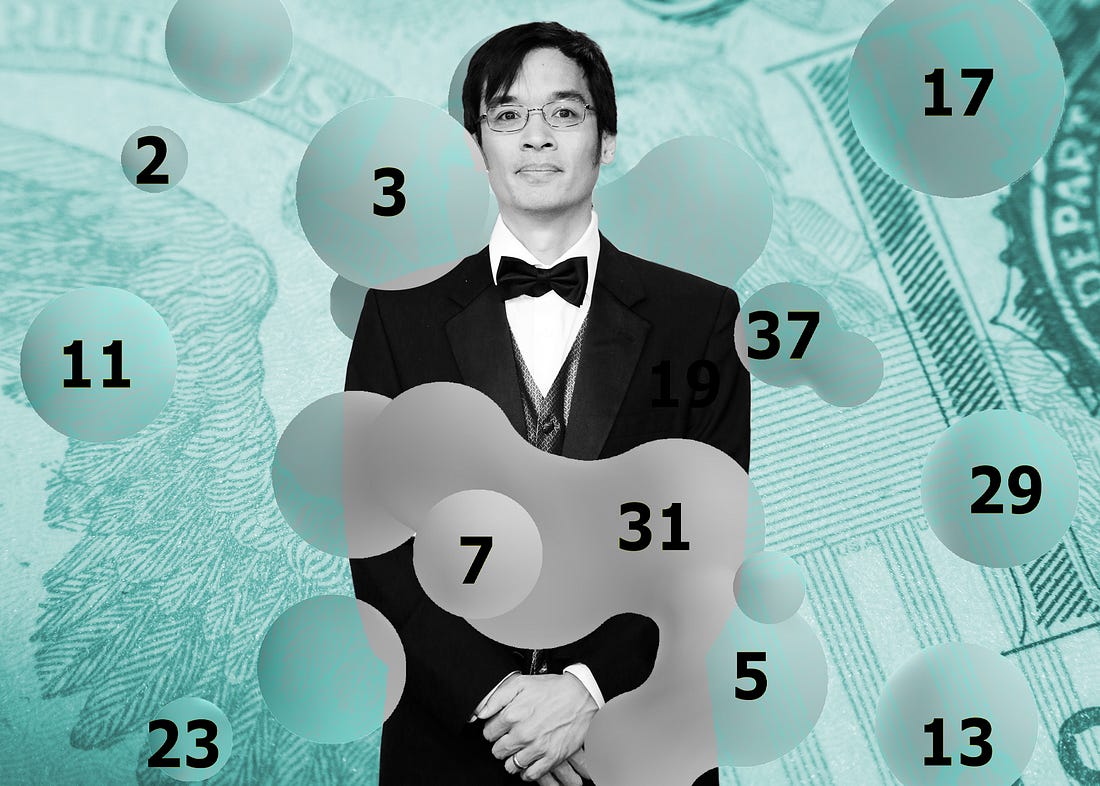Graham Greene, Dances with Wolves actor, dies aged 73
The trailblazing Canadian First Nations actor, who was nominated for an Academy Award, died in Toronto after a long illness
Graham Greene, the prolific Oscar-nominated Canadian First Nations actor and Hollywood trailblazer, has died aged 73 in a Stratford hospital after a long illness.
“He was a great man of morals, ethics and character and will be eternally missed,” Greene’s agent, Michael Greene (no relation), told Deadline. “You are finally free.”
Greene was born in 1952 in Ohsweken, on the Six Nations Reserve in Ontario, Canada. He fell into acting while working as a recording engineer, after a friend persuaded him to read his script. He started on stage, performing in Canadian and English productions in the 1970s, before making his screen debut in 1979 in an episode of the Canadian drama The Great Detective. His first film role was in the 1983 biopic Running Brave.
Greene’s Hollywood breakthrough came when Kevin Costner cast him as real-life Lakota Sioux medicine man Kicking Bird (Ziŋtká Nagwáka) in his Academy Award-winning 1990 western Dances with Wolves. Greene’s performance landed him an Academy Award nomination and launched his Hollywood career, which included roles in Thunderheart (1992), Maverick (1994), Die Hard with a Vengeance (1995), The Green Mile (1999) and The Twilight Saga: New Moon (2009).

More recently, Greene appeared in Taika Waititi’s FX series Reservation Dogs, HBO’s dystopian series The Last Of Us and Taylor Sheridan’s series 1883 and Tulsa King.
Prolific across his career, he worked until the end, with multiple projects yet to be released.
Greene won Grammy, Gemini and Canadian Screen awards across his career and has a star on Canada’s Walk of Fame. In June he received the Canadian governor general’s performing arts award for lifetime achievement.
Reflecting on his career in a 2024 interview for Canada’s Theatre Museum, Greene said: “When I first started out in the business, it was a very strange thing where they’d hand you the script where you had to speak the way they thought native people spoke. And in order to get my foot in the door a little further, I did it. I went along with it for a while … You gotta look stoic. Don’t smile … you gotta grunt a lot.
“I don’t know anybody who behaves like that. Native people have an incredible sense of humour.
“And that’s what I said to Kevin [Costner]. I said, you know, the people in this film [Dances with Wolves], in this village, they have an incredible family, incredible relationship and fun has always been part of that. Fun is 50% of how they live and enjoy things. Family is family, no matter what.”
Greene is survived by his wife of 35 years, Hilary Blackmore, his daughter, Lilly Lazare-Greene, and grandson Tarlo.
They’re fighting dirty, we’re fighting back …
Across the planet, decades of progress towards a healthier planet is being threatened by a global resistance in the form of far-right politicians and governments, fossil fuel influence and corporations empowered by the political winds to roll back their green pledges.
A growing lobby of economic and political denial has been empowered by a US administration that has declared war on climate progress and wider environmental protections.
One powerful way to do that is by funding strong, independent journalism that can help stand up to this tide.
The Guardian doesn’t bow to political pressure and we don’t take advertising from fossil fuel companies. Our work is funded by readers just like you. For our annual environment support campaign, we are asking 40,000 readers to back our journalism with a one-off or recurring amount. If you can afford it, please consider doing so today, it takes less than a minute to sign up.







